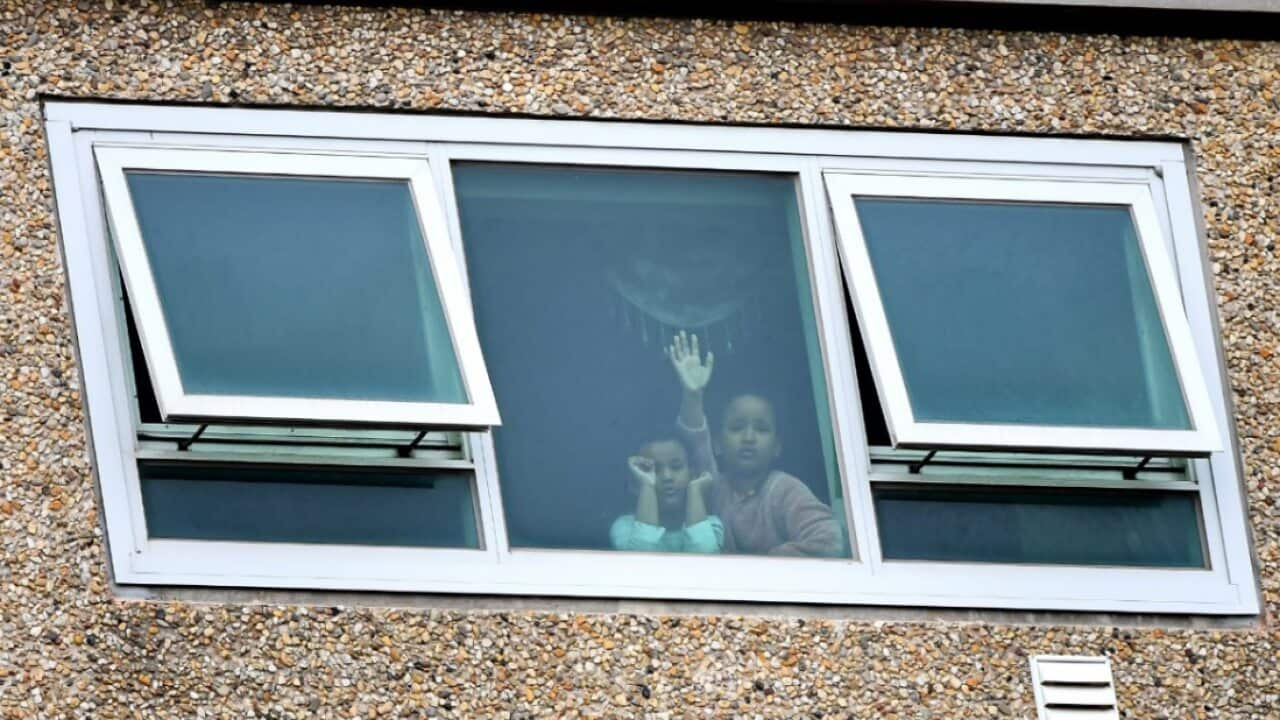Indigenous Australians have "outperformed the rest of the community” in preventing the spread of coronavirus, experts have said.
The success of the Aboriginal-led health response to the COVID-19 pandemic was dissected by a last month, facilitated by the think tank, The Australia Institute.
Sixty Aboriginal and Torres Strait Islander people have tested positive for COVID-19 so far. None have needed intensive care or died from the virus.
Across the country, there have been over 9000 confirmed cases and a death toll of 106.
Epidemiologist professor Fiona Stanley said that the customary gap between Indigenous and non-Indigenous Australians has completely reversed on this issue.
"The results are better than any other Indigenous nation in the world," she said.
How was this achieved?
According to the The Australia Institute’s chief economist Dr Richard Denniss, the response "started with a conversation”.
“It started from listening and respect and designing back from what the community needed,” he said last month.
The fact that work around health literacy was just as important as the delivery of health services was also something Aboriginal-led services recognised early.
“In Western Australia, we saw very quickly CEOs coming together to ensure we had similar messages that were consistent throughout Western Australia, and that also occurred throughout the country,” said Lesley Nelson, CEO of the South West Aboriginal Medical Service.
Professor Sandra Eades, Dean of Curtin Medical School, said she was amazed at how quickly the messages filtered through the Aboriginal community.
“They were quite comfortably talking about coronavirus and starting to get the implications of what that meant for them,” she said.
Working collectively is strongly embedded in Indigenous cultures, Professor Eades said.
For many organisations, Facebook played a huge role in spreading key messages like physical distancing and hand hygiene.
Other forms of media were important too. Derbarl Yerrigan Health Service chair Francine Eades said her organisation's health promotion team were regular guests at Noongar Radio to advise communities on best practice.
These efforts to raise health awareness led to around 200 telehealth consultations a day during Australia’s peak of the pandemic, at Ms Eades' service alone.
The Aboriginal-controlled services agreed they were driven to better train and educate their staff after watching the mistakes made by mainstream services in the media, such as continuing to allow people to visit the elderly and vulnerable.
What can Australia learn from the Aboriginal-led response to the pandemic?
Dr Denniss said the success of Indigenous communities' response to the pandemic showed that Indigenous policy should start by listening to communities, and giving them power over policy design.
“We’ve heard this for decades, and it’s typically paid lip service but what we’ve now seen is this remarkable success — not just domestically but internationally," he said.
He added that this approach was "cheap".
"Can you imagine how expensive it would be to run a health intervention in communities for hundreds or thousands of people in remote areas if COVID-19 had taken off?"
Dr Dennis believes this approach is the right one, from a democratic point of view, an evidence-based policy point of view and an economic point of view.
“It’s incalculable what the cost or the tragedy would have been to not intervene in that way,” he said.
What’s behind the fears that Aboriginal communities would be worst affected by coronavirus?
The Commonwealth Department of Health identifies Aboriginal and Torres Strait Islander peoples and people living in remote communities as being at greater risk from COVID-19 than the average population.
One of the reasons, Professor Stanley said, is because Aboriginal people tend to have high rates of chronic disease. She added that many Aboriginal people live in poor conditions with extended family, and that poverty rates were higher. All of these were "risk factors", she said.
Aboriginal-controlled health services acted quickly as they knew how devastating the effects could be if coronavirus entered their communities.
During the 2009 swine flu pandemic, Indigenous Australians suffered from higher rates of infection, hospitalisation and deaths than non-Indigenous Australians.

Source: Department of Health, H1N1 2009 infections in Australia’s Indigenous population in 2009.
Around 80 percent of Aboriginal people live in urban centres, which have been more affected by coronavirus than the rural and remote areas of the country.
In light of this, Professor Stanley said, “these results are quite extraordinary, and I think we should be shouting them from the rooftops.”
Professor Eades warned that "we're not really through it yet", though the first phase was over.
"We have to continue to work to protect families and communities and activate services," she said.










